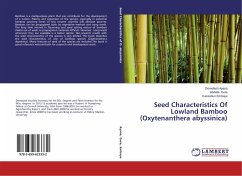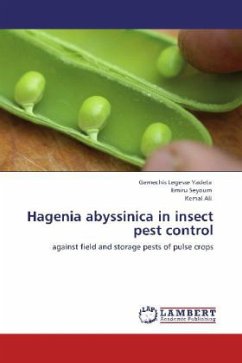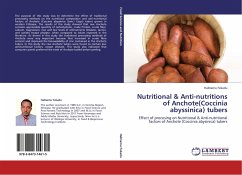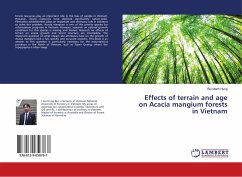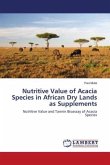Trees can potentially improve soil by several different ways including maintenance of soil organic matter (OM), biological nitrogen (N) fixation, uptake of nutrients below crops root zone, increased water infiltration and storage, reduced loss of nutrients by erosion and leaching, improved soil physical properties (lower bulk densities and higher infiltration rates in the crown zones of trees), reduced soil acidity and improved soil biological properties (Young, 1997). When nutrient supplies in the soil are limited, agroforestry and other tree-based systems are more efficient than herbaceous mono-cropping systems in the utilization of nutrients to sustain modest levels of agricultural production (Nair, 1993; Kang et al., 1999). Besides, the agroforestry option doesn t require inputs that are costly or in short supply, and it is a relatively inexpensive form of land development, a viable option especially for resource poor farmers.


